NFTs (Non-fungible tokens) might be on an uphill of popularity for the past couple of years, but for most people, they are still confusing as hell. Even if you do your research and finally make yourself understand what NFTs exactly are, you’ll find that it’s just the beginning.
NFTs are shrouded in questions, with one of the most prominent being about how these unique digital assets gain value. And it’s no wonder most people are thinking about it. Have you seen the numbers surrounding the NFT market? They’re in billions with an all-time sales volume for NFTs of more than $49 billion at the time of this writing! But when you take a closer look at the data, only a small percentage of NFTs are contributing largely to this number. Most NFTs out there are only selling for an average of $1. Saying that it’s a huge difference would be an understatement.
So, in this post, we’ll explore the factors that contribute to the value of NFTs.
Factors Contributing to an NFT’s Value
There are plenty of factors that contribute to the value of an NFT with the most important factors being supply and demand, scarcity and rarity, the reputation of an artist, and the community surrounding the NFT. But it’s not all so simple. Sometimes, even unethical means, like wash trading are used to drive the value of an NFT high. And that’s why it’s important to understand the mechanics.
The reputation of the Artist/ Creator
The reputation of an artist is undoubtedly one of the primary factors contributing to the value of an NFT. If the artist selling the NFT is already established, whether as a traditional or digital artist, chances are that their NFTs will have a greater value when they launch it. The same is true even if the creator is not an artist but someone with a huge following, for instance, a celebrity or an influencer. Beeple, who has the record for the sale of the most expensive NFT ever, was already an established digital artist.
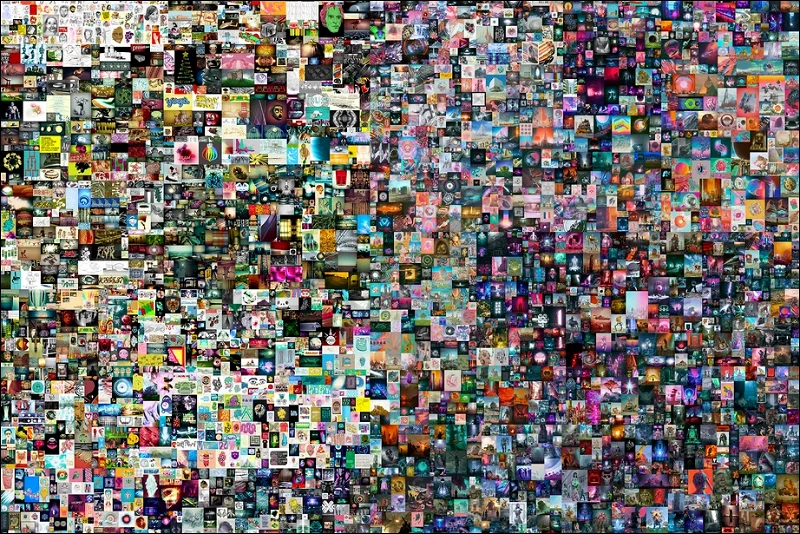
But, of course, things aren’t always so simple. While it’s simple enough to understand the above principle, what melts most people’s minds is the fact that some of the most popular NFTs with the highest trade volumes are from, relatively unknown artists or groups. Take, for example, the famed Bored Ape Yacht Club (BAYC) NFT collection or the CryptoPunks NFT collection.
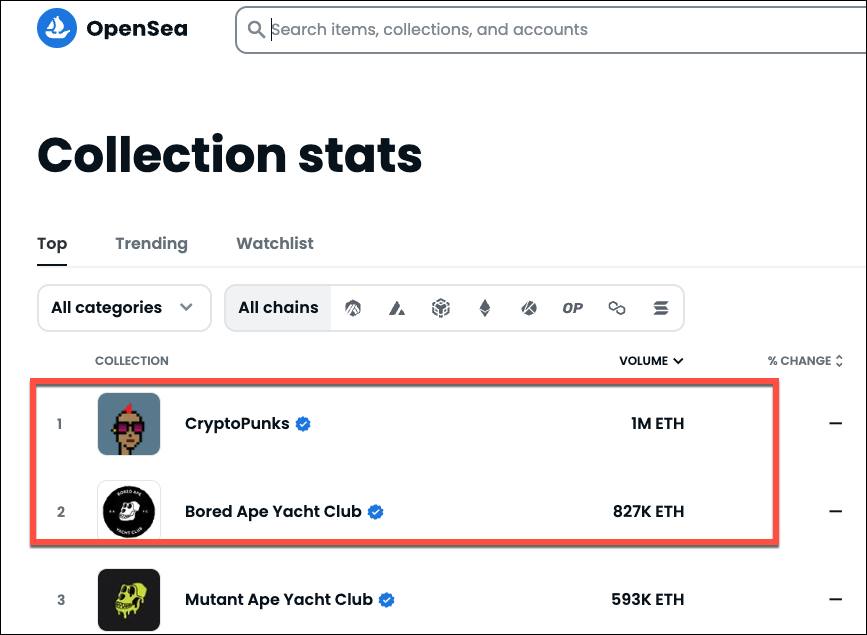
These NFT collections both have a total sales volume of over $1 billion each, ranking on top of the OpenSea stats list. But the people behind them weren’t either reputed artists or influencers. So, how do the values of such NFTs grow so high? That’s where the other factors come into play, which we’ll discuss as we go on.
Scarcity
It’s important to understand that although by definition, NFTs are unique digital assets that cannot be replaced by another, it doesn’t mean that there cannot be more than one copy of an NFT. It’s entirely up to the creator about how many NFTs they want to mint for their artwork. The number that they decide for their NFT is encoded in its ID and allows the smart contract to check whether more NFTs can be minted. For example, if you cap the supply at 5, the smart contract will allow 5 copies of the NFT to be minted.
Because of the digital nature of NFTs, it’s not only possible but effortless to create a potentially infinite supply of a particular asset or series of assets. And it can be difficult to resist this lure.
But just like with any other item, the more limited the supply, the higher the price tag. If the supply of an NFT is in abundance, people can get their hands on it easily. But if the NFT is available in limited numbers, you can expect to see high rises in its price.
Take again the example of Crypto Punks. The collection contains a series of images based around the London Punk Culture but the collection has a limit of 10,000 images.

Even after the success of the collection, the creators did not decide to mint more images in the collection. This has led to the CryptoPunk NFTs being highly desirable; of course, some images in the collection are more desirable than others, depending on the traits (which we’ll discuss later). But the fact remains that some of these NFTs have sold for millions, with the most expensive being CryptoPunk #5822 which sold for $23.7 million. And even the ones at the floor price are still in demand and resales never cease. If people could get their hands on new CryptoPunks easily, there would be no resales and no drive in the price.
Hence, scarcity is one of the main drivers of their value. Just like a one-of-a-kind painting or sculpture, NFTs are valuable because there is only one (or few) of them in existence.
Supply & Demand
Another factor that drives the value of NFTs is the basic economics of supply and demand which works in tandem with scarcity.
If an NFT is not desirable no matter how rare it is, its price won’t go up. As more people become interested in owning a particular NFT and the demand for it increases, only then will its value rise. It’s similar to how stocks gain value; the price goes up as more people want to buy shares in a company.
But this is also where scarcity comes in. If there is an oversupply for a particular NFT, its value won’t go up as the supply will easily meet the demand at a lower price.
Utility
In some cases, an NFT becomes more valuable than its face value due to its utility. For example, some NFTs unlock special features in video games, give access to limited-edition content, or entry to events such as concerts. Others can represent ownership of physical assets in the real world, such as artwork or real estate. In these cases, the utility of the NFT increases its value.
Trait Rarity
For NFT collections, trait rarity plays a huge role in deciding the value of a single asset which we mentioned fleetingly above. Huge NFT collections often have different traits with varying rarity; some traits are common, others rare, while some are super rare.
As a general rule, NFTs in the collection with rare traits are more valuable than the ones sporting common traits. Consider again, CryptoPunk #5822. It is an alien punk (only 9 in existence) with a bandana. The combination of rare traits makes it a desirable NFT.
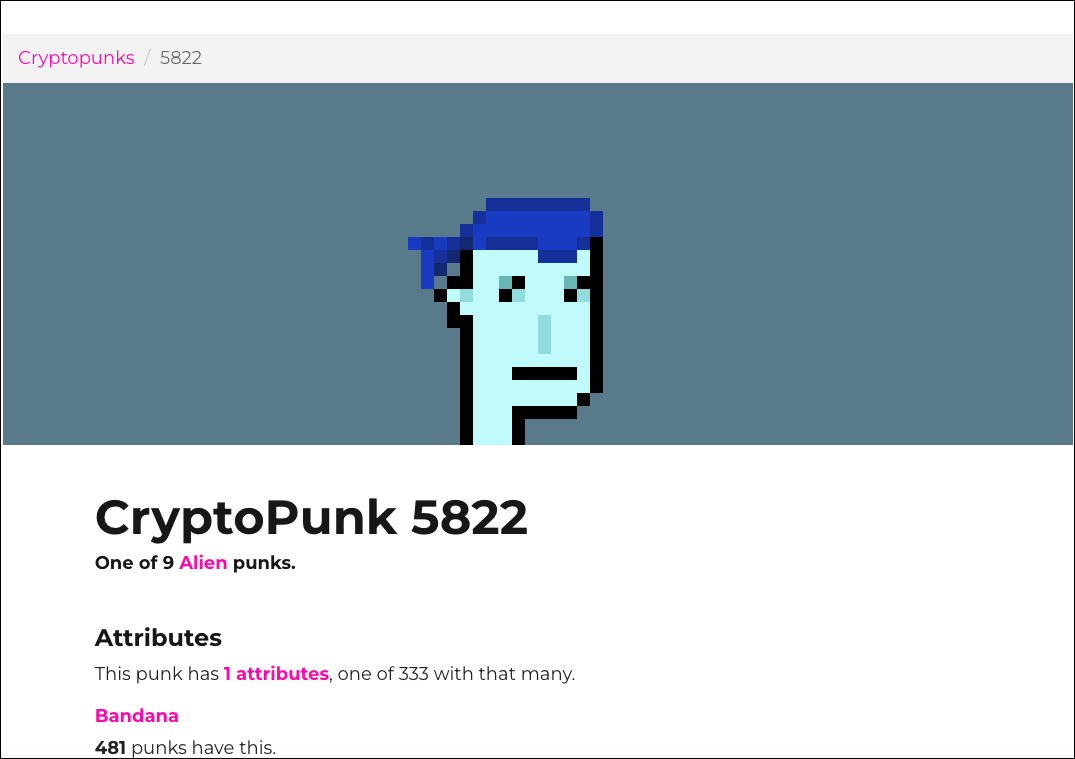
When you go to a listing page for the NFT on the marketplace, you’ll be able to see these traits in the ‘Properties’ section with the percentage of the collection that has each trait.
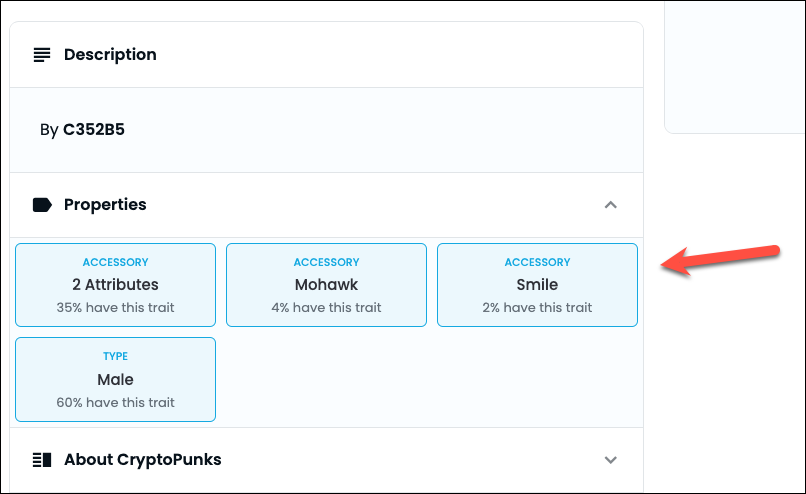
Marketing Hype
As we discussed before, some of the most popular NFT collections ever with the highest trade volumes weren’t from well-known artists. So how did their NFT projects become so valuable?
They use marketing techniques to create hype in the NFT community well before the project goes live. Collections like these usually have a team behind them, instead of a lone creator. They then use social media like Twitter and Discord groups to create hype around their projects using strategies like “leaking” images from the collection, airdropping free NFTs, creating memes, attributing a meaning to the collection, etc.
So, if the marketing is successful, the prices of the NFTs go up when the collection finally launches.
Community around an NFT
While marketing the NFT collection is important, none of it matters much if it doesn’t have a community around it that cares about the collection. The community around the NFT collection should engage with the project.
For example, consider two projects: Out of these, one project has amassed hundreds of thousands of followers who don’t engage with it much. On the other hand, the other project only has a few thousand followers but they engage with the project highly and are committed to it. Which of these projects is most likely to have a successful launch? You guessed it right – the second one.
So, before investing in an NFT project, do check out whether the community around it seems to be real people or the following could be made up of bots or bought followers who have no real interest in the project.
Wash Trading and other Insidious Tactics
While there are plenty of factors that can contribute to the gain in the value of an NFT, not all of them are legitimate. Like any other market, NFT trading, too, is full of shady techniques meant to drive the value of an NFT high.
Some of these include tactics like influencer shilling, where influencers promote and create hype around a low-quality NFT collection. Influencer shilling, though, is a game of whether they will get caught. If they don’t and the collection becomes a hit, they get away without consequences. But if the collection fails and investors suffer a hit, this marketing tactic comes under scrutiny.
More harmful are tactics like wash trading or insider trading. Wash trading refers to the phenomena when someone buys an asset at a lower price and sells it back to themselves (from a different wallet address) at a ridiculously high price to falsify the appearance of a price drive in an NFT’s value and deceive the market. Insider trading can also temporarily increase the price of the NFT for it to only crash later.
You should note that the value of NFTs can fluctuate, just like the value of any other asset. So, you must do your own research and due diligence before investing in an NFT. There are many factors to consider before you invest in an NFT and you should carefully consider them all. It’s also important to remember that ultimately the market determines the value of NFTs and it can change over time.

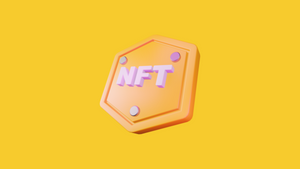






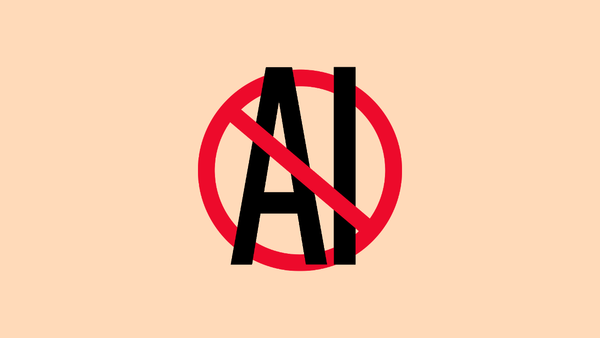

Member discussion